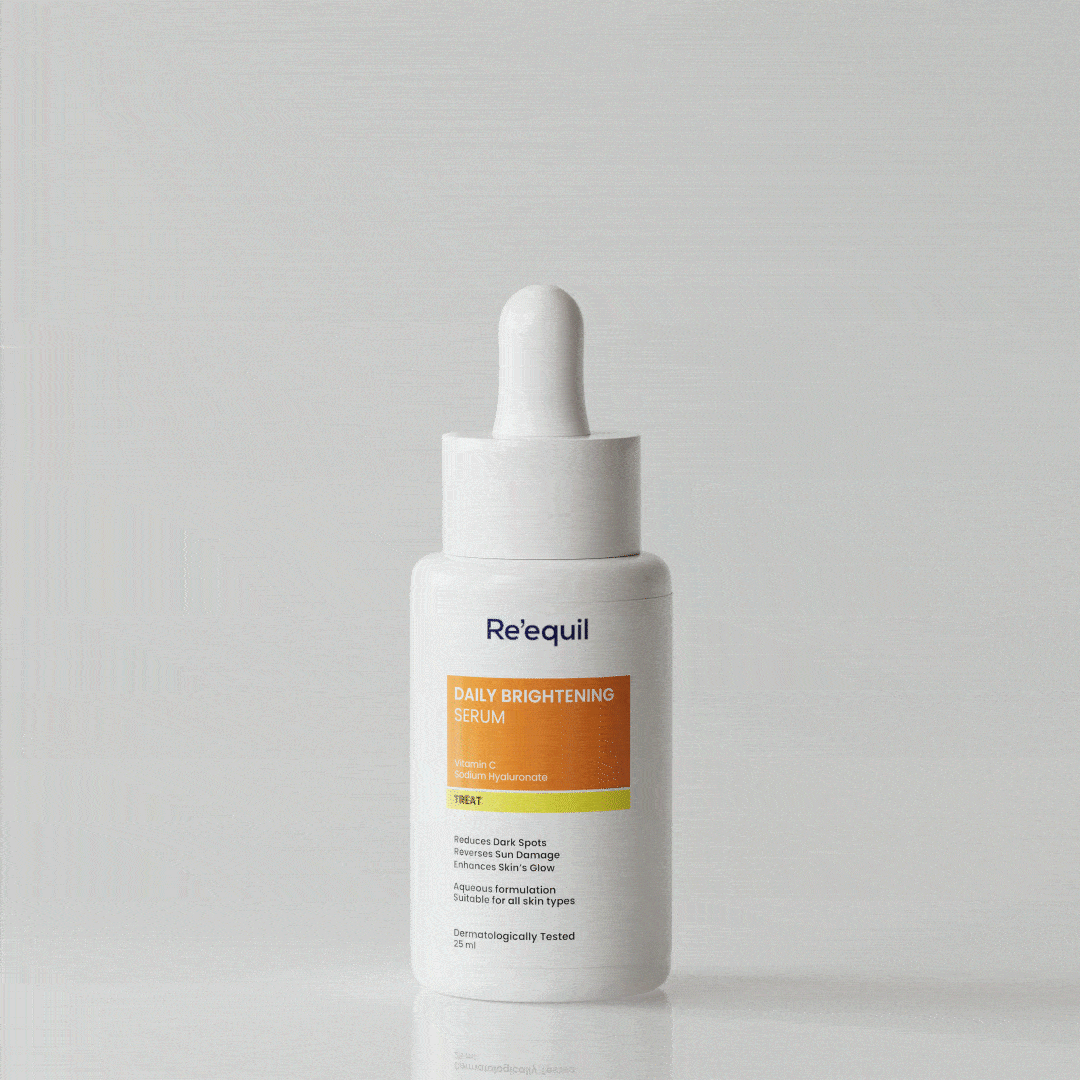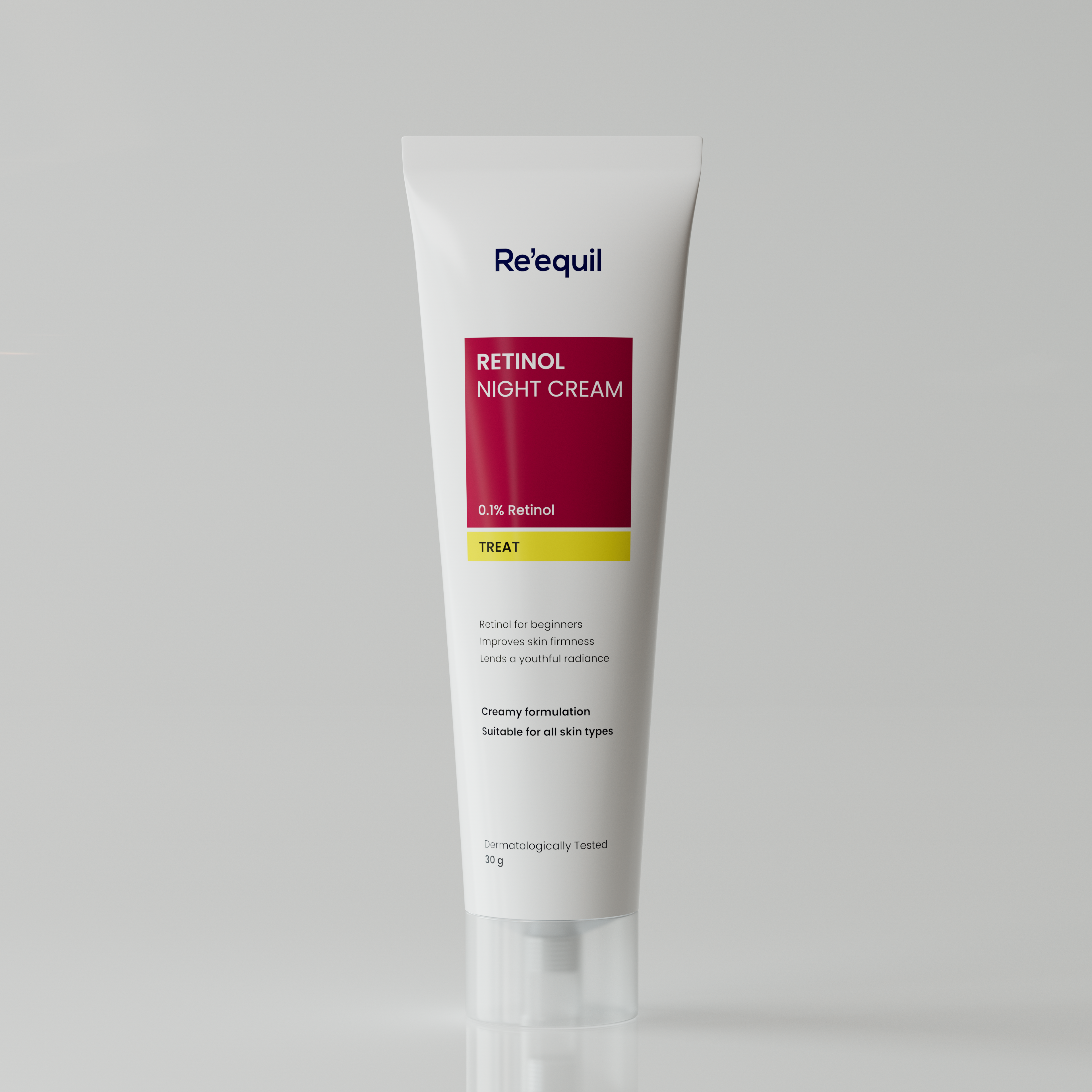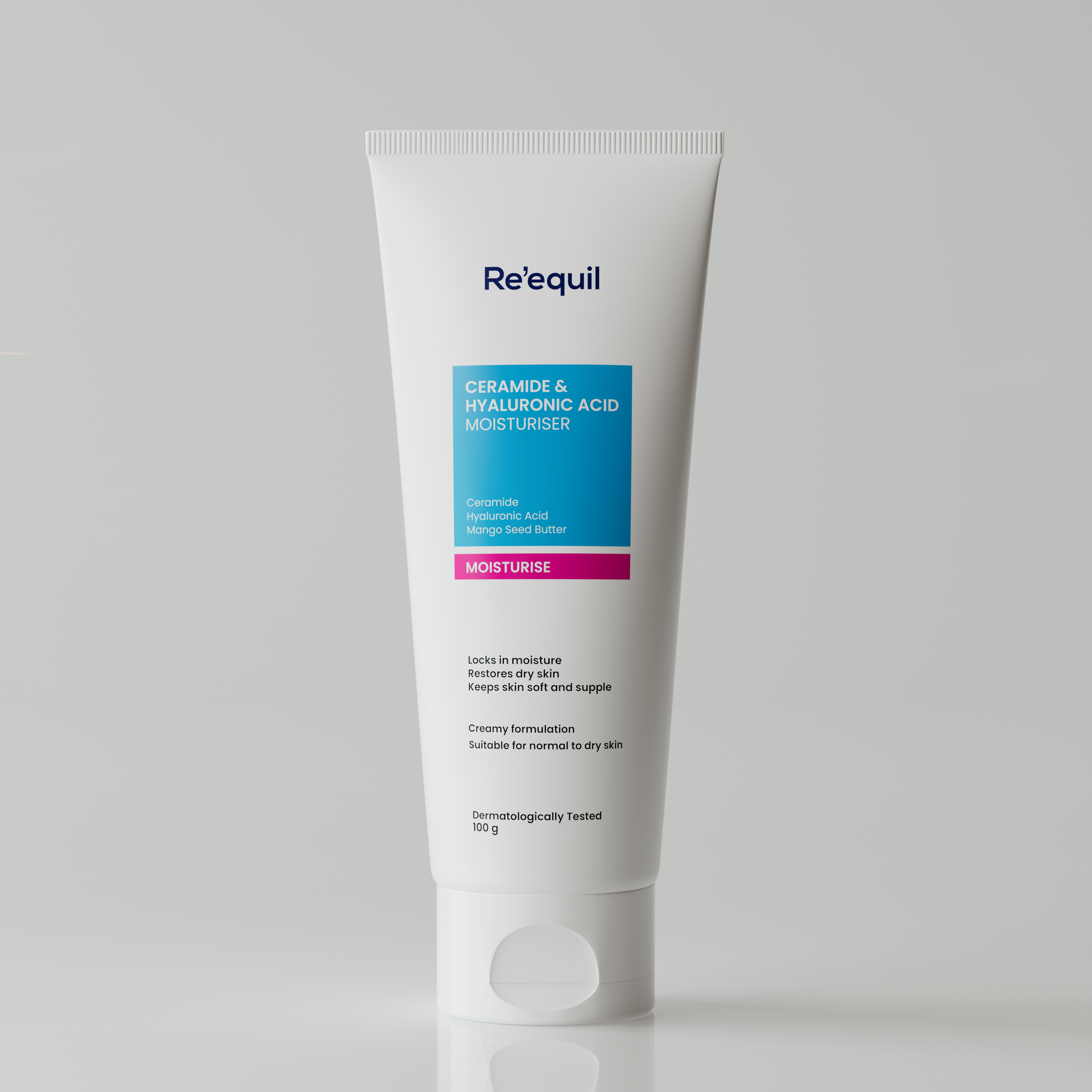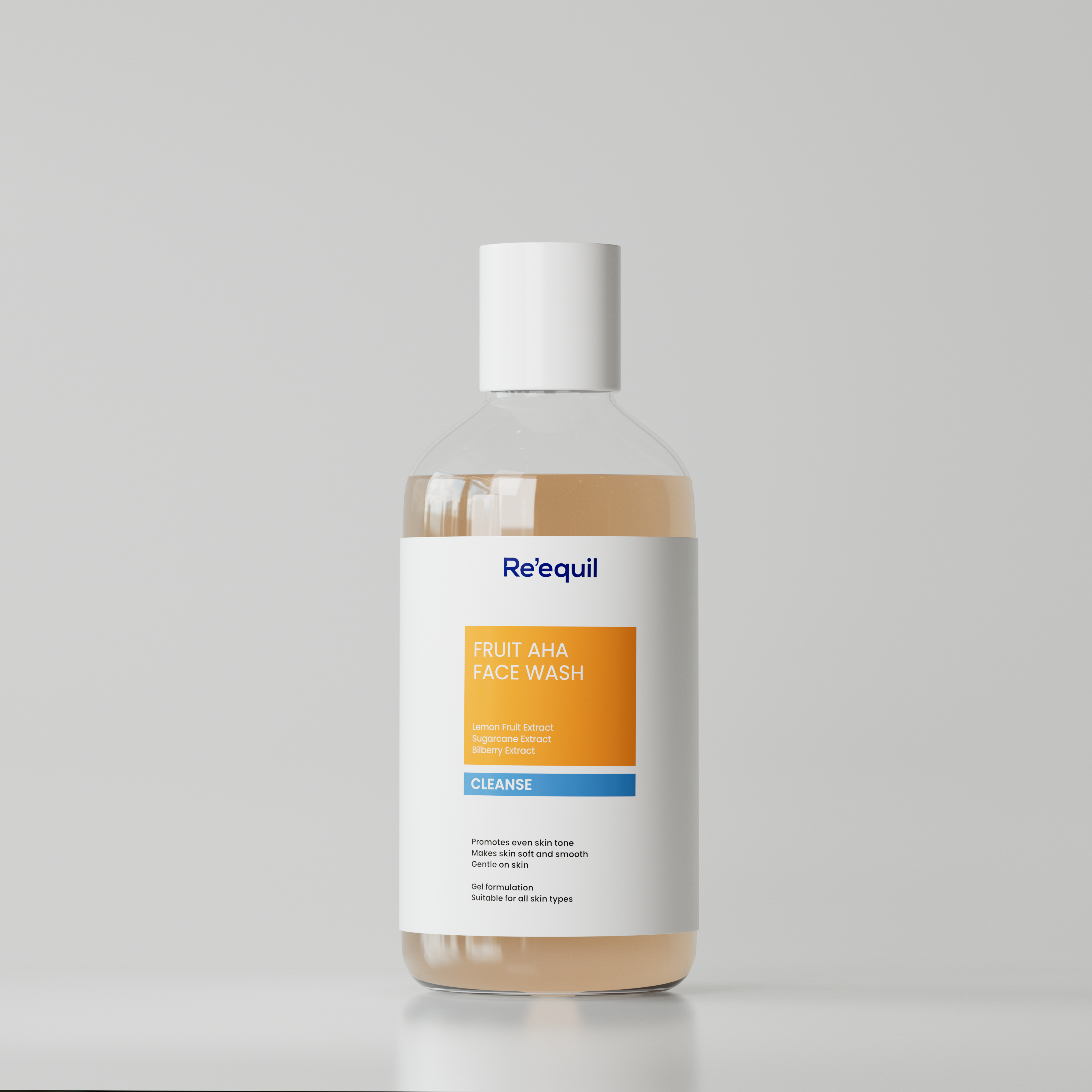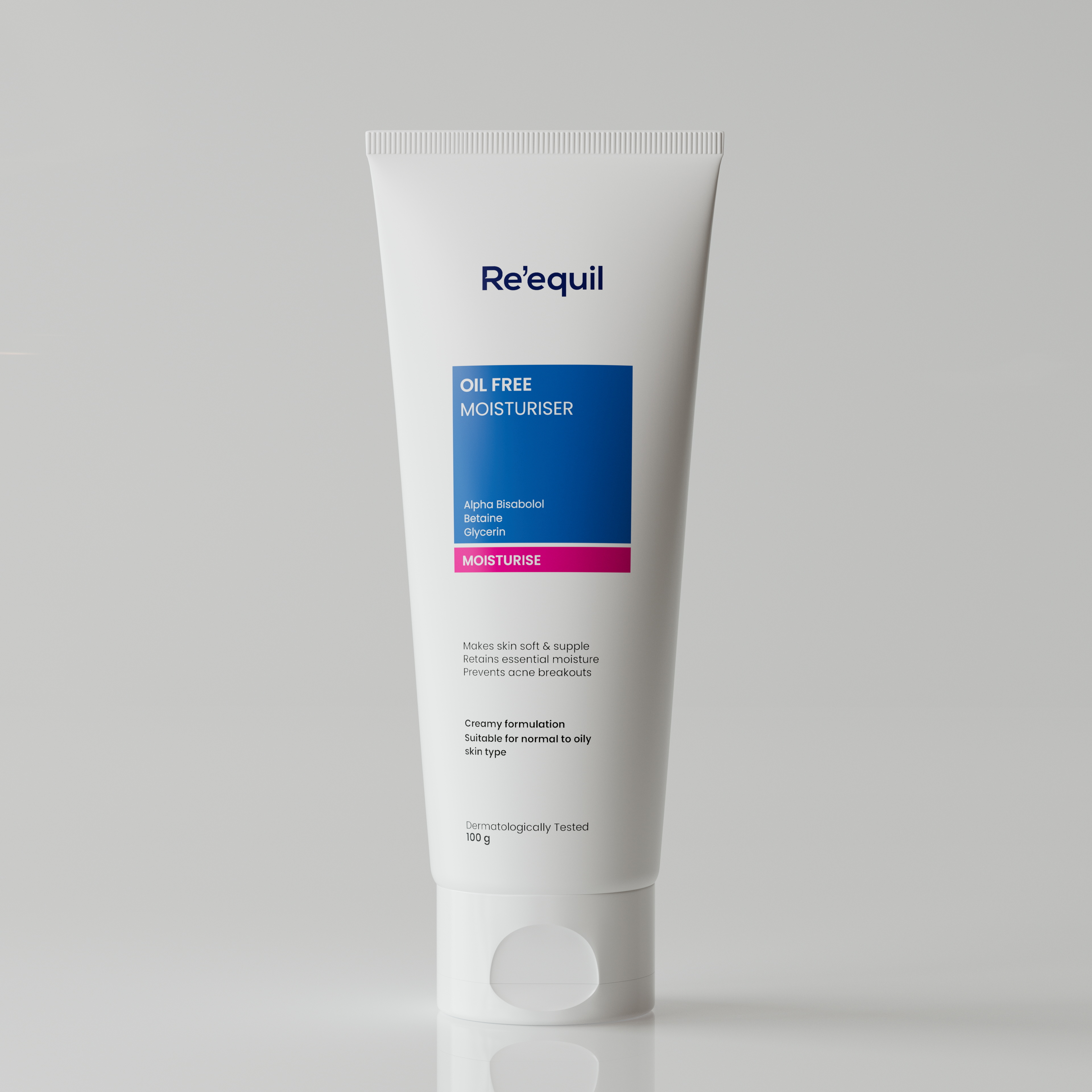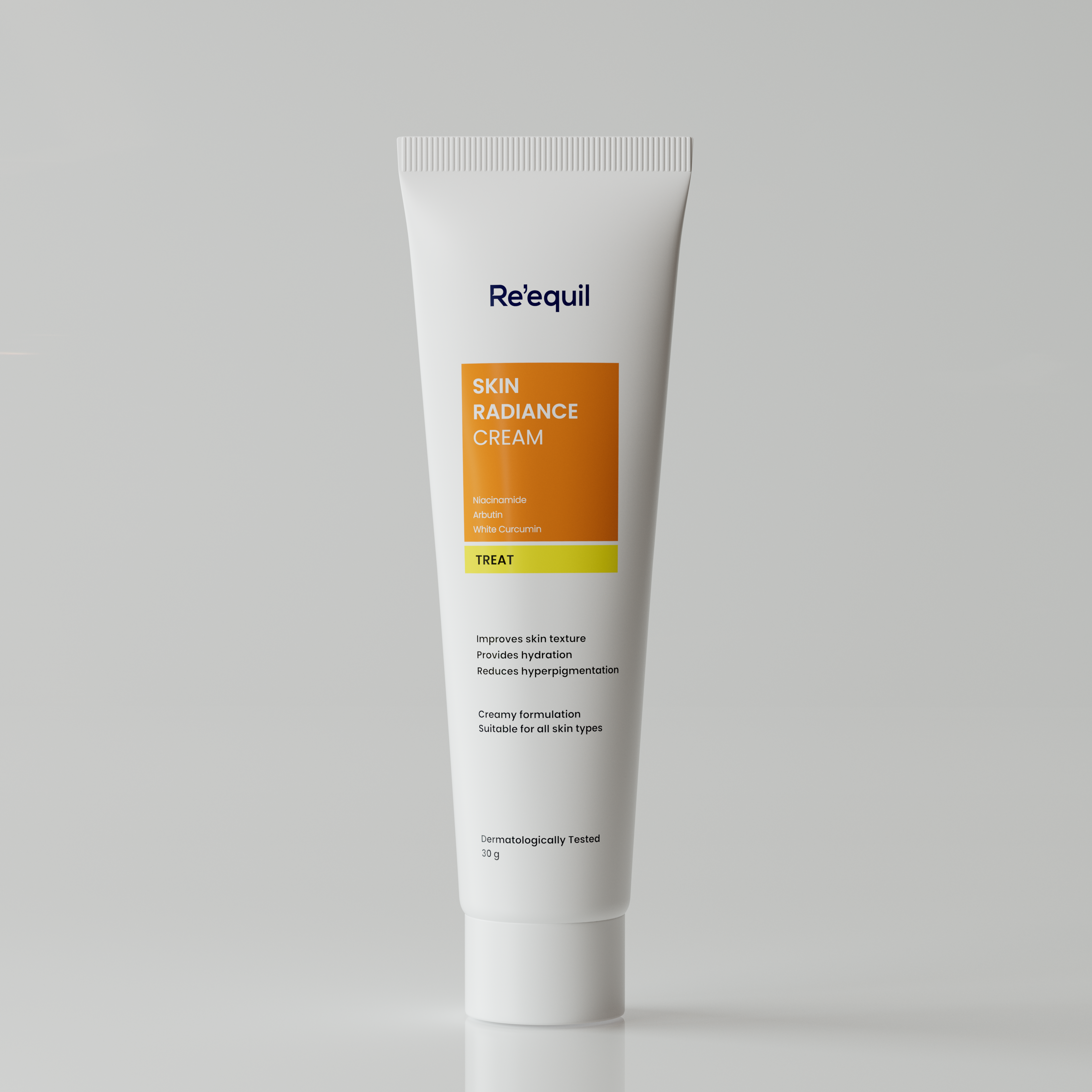Some sunscreen ingredients can actually harm your skin.
Whether it's summer or winter, wearing sunscreen is essential, but not all formulas are created equal.
Advances in chemistry and dermatology have led to some questionable ingredients slipping into sunscreen products.
Many of us may not know what’s in our favorite SPF, let alone to know whether those ingredients are safe.
Here’s some guidance to help you identify the safe and unsafe ingredients in your sunscreen.
Harmful ingredients in sunscreens that you should definitely avoid
1. Oxybenzone
Oxybenzone has been enemy No.1 in sunscreens for a while now.
However, it was not until 2019 that the ingredient was considered a serious threat to the skin and the human body in general.
According to the Environmental Working Group (EWG), Oxybenzone -
- Is easily absorbed by our skin in large amounts and has been known to stay in our system for long stretches of time
- Is allergenic and has relatively high rates of skin reactions
- Is a potential endocrine disruptor
- Has been continuously detected in amniotic fluid, human breast milk, blood, and urine
- Has been linked to damage to coral reefs and other sea life
2. PABA
Para-Aminobenzoic Acid (PABA) is a natural compound found in folic acid and certain foods like milk, eggs, and meat.
While its natural origin might suggest it's safe for sunscreen, studies have raised concerns.
In a study from the late 1990s by Dr. John Knowland at the University of Oxford, PABA was found to break down under sunlight, releasing free radicals that can damage DNA.
Research suggests that while PABA absorbs UVB rays to protect the skin, it may also increase the risk of sun-induced cancers.
Over time, many users of PABA-containing sunscreens have reported issues like allergic dermatitis, clothing stains, and, in severe cases, skin pigmentation.
Sunscreen ingredients that are safe and protects the skin from harmful UV rays
When you check the ingredients on a sunscreen bottle, you’ll often see names like octinoxate, oxybenzone, zinc oxide, salicylate, avobenzone, octisalate, and titanium dioxide.
For most of us who aren’t dermatologists or chemists, these lists are hard to decipher.
But these ingredients directly impact the safety of your sunscreen, so it’s important to stay aware and mindful of what’s inside.
The best approach? Learn to recognize which sunscreen ingredients are beneficial and which ones to avoid.
As we have already mentioned the 2 most harmful ingredients—here are some of the safest ingredients.
1. Zinc Oxide
One remarkable quality of Zinc Oxide is its photostability, meaning it doesn’t break down when exposed to light.
This makes it an ideal sunscreen ingredient, as it effectively blocks UV rays and provides protection against both UVA and UVB light.
2. Titanium Dioxide
Unlike other compounds used in sunscreens, which may absorb only a part of the UV radiation, titanium dioxide is extremely efficient at absorbing both UVA and UVB rays—all without permeating or damaging the skin.
In fact, it never goes beyond the epidermis, making it one of the safest sunscreen ingredients there is today.
3. Uvinul A Plus
Sunscreen ingredients with added anti-aging benefits have special appeal, and Uvinul A Plus leads the pack in this regard.
It not only reliably filters the sun's dangerous UVA rays, but also provides outstanding protection from free radicals and skin damage.
If your skin is overly sensitive, then you'll love Uvinul A Plus even more.
It's 100% fragrance-free, alcohol-free, and essential oil-free, making it the perfect sunscreen ingredientfor those whose skin breaks out at the slightest provocation.
4. Prunus Yedoensis Leaf Extract
This natural component exhibits amazing anti-inflammatory properties.
Since sensitive and dry skin type is easily prone to allergic reactions to various things, it needs a calming agent.
Research also shows that Prunus Yedoensis Leaf Extract has a soothing effect on the irritated skin and helps inhibit melanogenesis.
5. Tinosorb® M
Most sunscreen filters protect against either UVA or UVB rays, but Tinosorb® M goes further, offering advanced broad-spectrum protection against both UVA (UVA-1 and UVA-2) and UVB rays—making it ideal for sensitive skin.
Known for its stability, Tinosorb® M combines the benefits of mineral filters by absorbing UV rays, converting them into less harmful energy, and then reflecting them away.
This is how it effectively safeguards sensitive skin.




